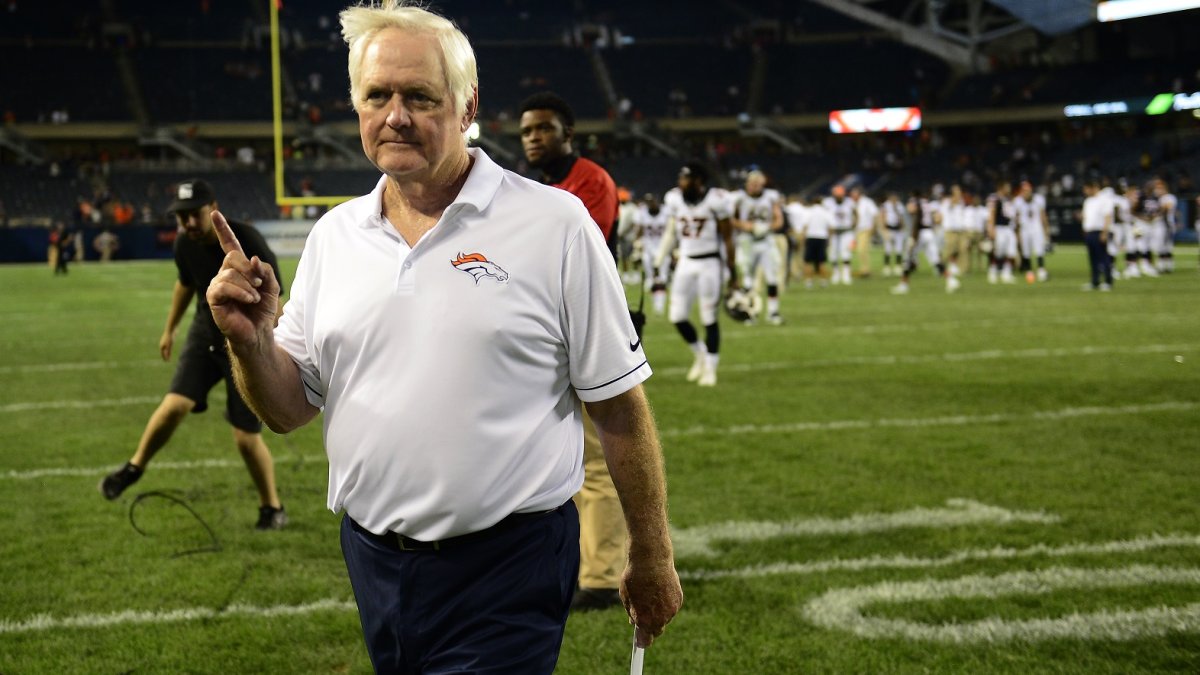The research from my previous article showed that there are marked differences in the target shares of many running backs and tight ends on plays with and without blitzes. Some players such as LeSean McCoy, Theo Riddick, Jimmy Graham, and Eric Ebron serve as security blankets for their quarterbacks and see their share of targets increase against blitzes. Other players like Devonta Freeman, James White, Kyle Rudolph, and Jack Doyle more frequently stay in to block against blitzes, costing themselves targets they would see on standard plays.
That knowledge is half of the required intelligence to play blitz matchups, but to make the best decisions, you also need to have an idea of how often defensive teams will blitz. Last season, the teams that blitzed the most did so about twice as often as the ones that did it the least. The former group included the Cardinals, Saints, and Jets that blitzed over 40 percent of the dropbacks of their opposition. The latter group featured the Bears, Falcons, Eagles, and Bengals with blitz rates barely over 20 percent. Those rates can serve as inputs to projected blitz rates for 2017, but they are not plug-and-play. In reality, a team’s blitz rate is determined by a combination of its coaching staff and personnel. And when I ran year-to-year correlations to test how consistent blitz rates were for those various entities, they showed that everyone’s input was meaningful.
|
What Determines a Team's Blitz Percentage |
||
| Test | Sample Size | Correl |
| Same Team | 224 | 0.63 |
| Same Team, Diff. Head Coach | 65 | 0.40 |
| Same Team, Diff. Def. Play Caller | 64 | 0.44 |
| Same Head Coach | 176 | 0.72 |
| Same Head Coach, Same Team | 171 | 0.73 |
| Same Head Coach, Diff. Team | 5 | 0.55 |
| Same Def. Play Caller | 127 | 0.75 |
| Same Def. Play Caller, Same Team | 112 | 0.83 |
| Same Def. Play Caller, Diff. Team | 15 | 0.29 |
Correlation strength is weakest close to 0.00 and strongest toward -1.00 and +1.00. Every test I ran showed some positive correlation, which means that the consistency of the tested party had an impact on future blitz rates. Note that even when teams changed head coaches or defensive play-callers, their previous season’s blitz rate was moderately predictive (0.40 and 0.44 correlation coefficients, respectively). The same is true for head coaches who moved teams — there were only five of them from 2009-16, but they provided a correlation coefficient of 0.55 — and for defensive play-callers who did the same (0.29 correlation coefficient).

DOMINATE FANTASY FOOTBALL & BETTING WITH AI-POWERED DATA & TOOLS TRUSTED BY ALL 32
 Unlimited Fantasy League Sync
Unlimited Fantasy League Sync
 Fantasy Start/Sit Line-Up Optimizer & Waiver Wire
Fantasy Start/Sit Line-Up Optimizer & Waiver Wire
 WR-CB & OL-DL Matchups, PFF Player Grades, & Premium Stats 2.0 Tools
WR-CB & OL-DL Matchups, PFF Player Grades, & Premium Stats 2.0 Tools
 Nathan Jahnkes Rankings - #1 Most Accurate Last 70 Weeks
Nathan Jahnkes Rankings - #1 Most Accurate Last 70 Weeks
 PFF Best Bets, Player Props, & Power Ranking Tools
PFF Best Bets, Player Props, & Power Ranking Tools
 NFL Mock Draft Sim with Trades & Draft Grades
NFL Mock Draft Sim with Trades & Draft Grades
Already have a subscription? Log In



 © 2024 PFF - all rights reserved.
© 2024 PFF - all rights reserved.